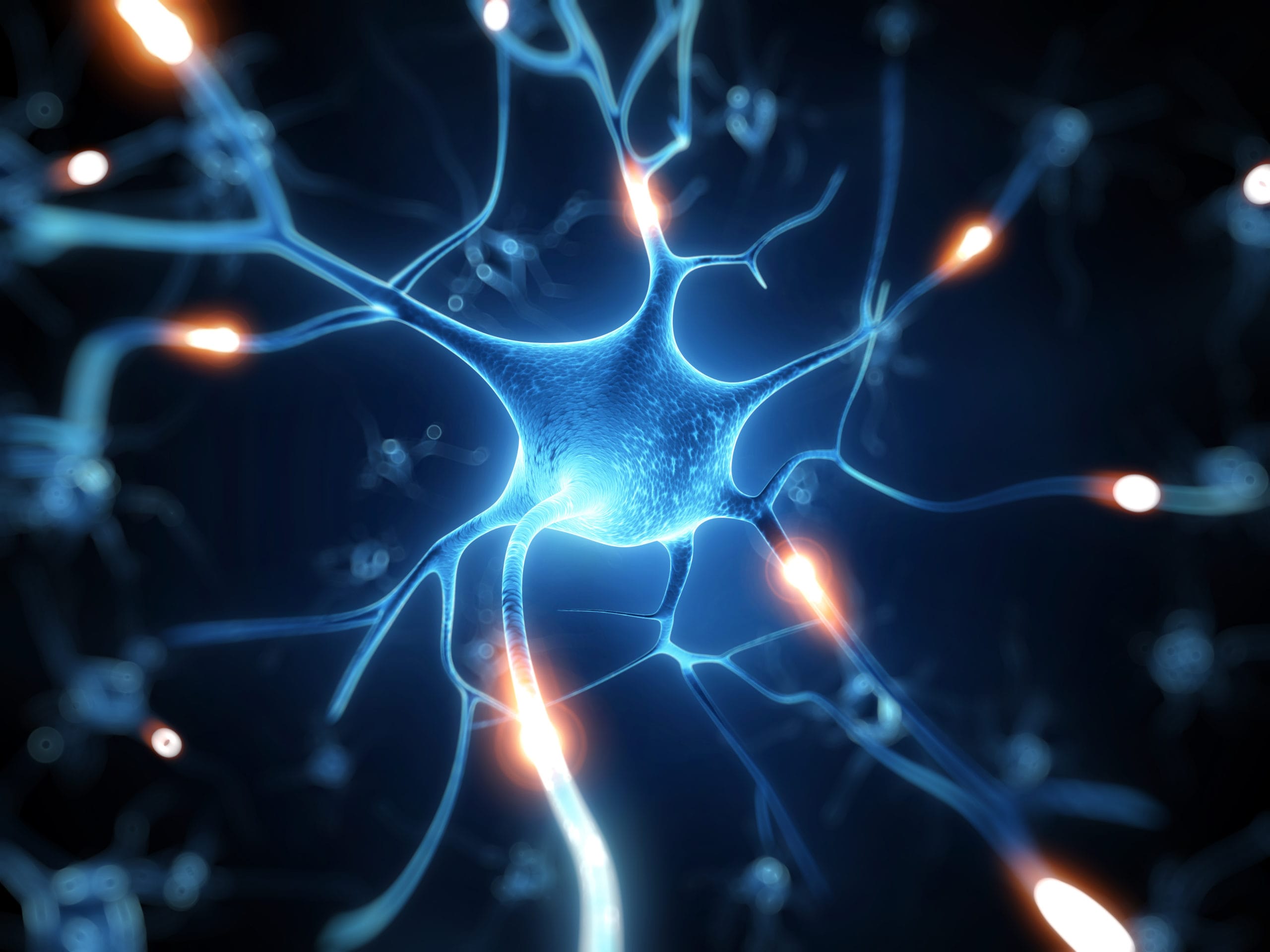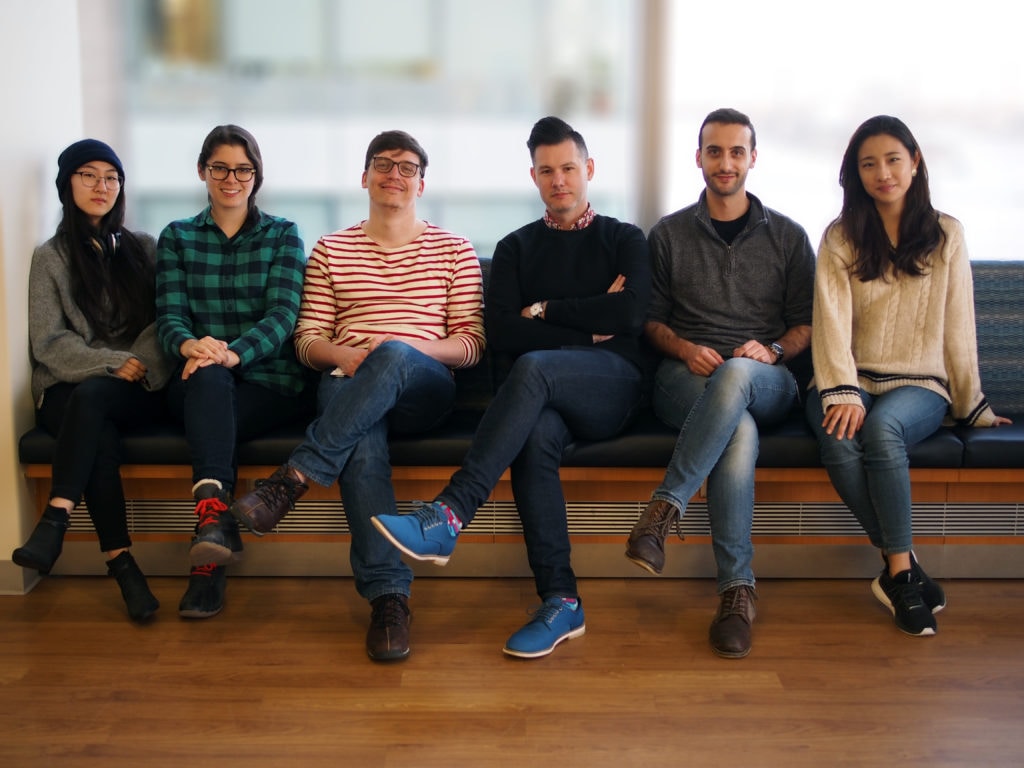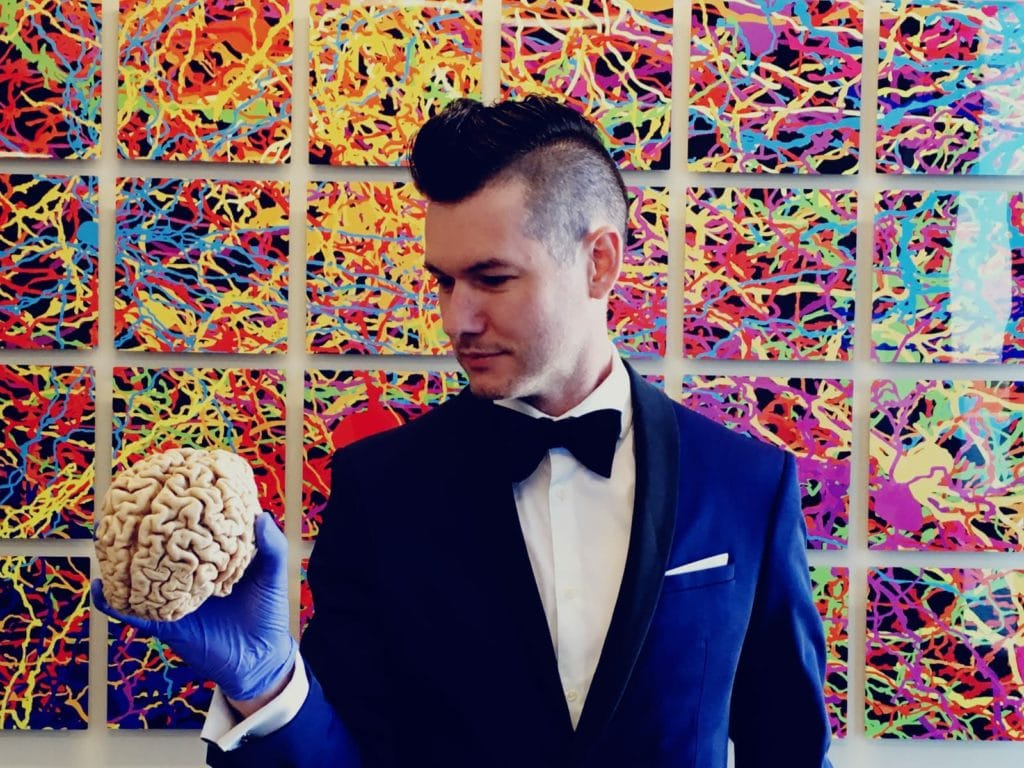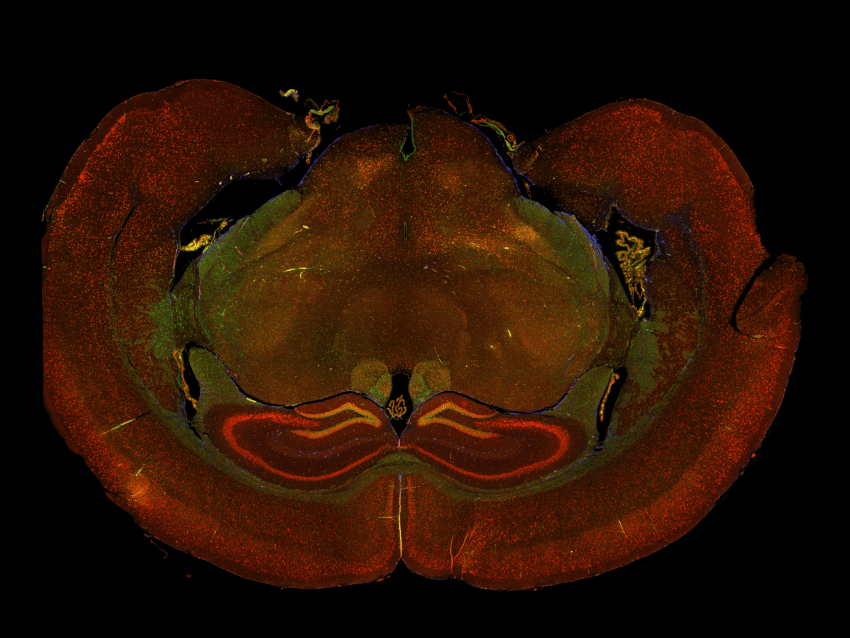
Meet the New Brainiacs in the Fight Against Neurological Diseases
The Liddelow Lab is part of the Neuroscience Institute at NYU Langone. The lab’s research focus is astrocytes and their involvement in human neurological diseases. The team discovered that different reactive states of these abundant brain cells affect CNS injuries and disease, opening new horizons for the development of new and effective therapies.
But this is not all they do! When we talked with Drs. Shane Liddelow and his postdoc Philip Hasel, Ph.D. for this interview, we discovered that this team of hard-working and over-achieving scientists (a.k.a. Brainiacs), is also a brilliant, fun-loving, and young group of friends involved in advocacy in Stem.
Meeting them was a delight and quite hilarious at moments. We are so proud to share with our readers our chat with Shane and Philip about their paper “Neuroinflammatory astrocyte subtypes in the mouse brain”.

Astrocytes in the Brain: What is Their Role in Neuroscience Research?
NSTG: In looking at your rich publication history, the Liddelow lab is interested in investigating non-neuronal aspects of Alzheimer’s Disease (AD). What prompted you to study non-neuronal cells?
Liddelow Lab: There is a large disconnect between our knowledge of morphological changes in non-neuronal cells in neurodegenerative disease, and what the functional heterogeneity of these cells are during different stages of initiation, progression, and ultimately major degeneration and dysfunction in the CNS. This has historically been due to a lack of tools to carefully dissect the individual sub-state changes that occur in the multitude of contexts that CNS cells are found
NSTG: Your lab revolves around astrocytes, as they perform many functions in the brain. Can you tell us what they do and why you are interested in their physiology?
Liddelow Lab: By numbers alone, astrocytes represent one of the largest cell populations in the CNS. Given their key contributions to synapse formation, function, and pruning, as well as their provision of trophic support to neurons, astrocytes are uniquely positioned in the CNS. They also have extensive and branching processes that interact with upwards of 100,000 synapses in the mouse brain, and over 1,000,000 in the human. Combined, these facts mean that we cannot fully understand neural development or degeneration without also understanding astrocyte function/dysfunction. The unique position and function of astrocytes, paired with the fact that many disease-associated mutations are in genes either exclusively or largely expressed by astrocytes, makes them an exciting avenue for research. Given the scarcity of effective therapies for CNS diseases, they also make for an exciting target for the development of novel therapies to help alleviate neurodevelopmental and neurodegenerative disease, as well as acute infection and trauma to the brain and spinal cord.

How are Astrocytes Involved in CNS Disease?
NSTG: In your latest work on the involvement of astrocytes in Alzheimer’s Disease (AD), you hypothesize that systemic neurotoxic inflammation is responsible for multiple acute and chronic conditions, including AD. To demonstrate this, you injected mice with Lipopolysaccharide (LPS), a potent endotoxin. Why did you use this approach?
Liddelow Lab: AD, like many degenerative neurological diseases, is characterized by a strong neuroinflammatory response. We were interested in understanding the transcriptomic and spatial heterogeneity of this inflammatory response in astrocytes but did not want to complicate the analysis in the first instance by using astrocytes from a model with underlying pathology of disease-associated mutations.
The use of wildtype mice thus provided a ‘clean’ inflammatory transcriptome that we could compare back to previous studies, and given the application of single-cell RNA-sequencing (scRNASeq) technology to several mouse models of disease, we could then integrate the ‘baseline inflammatory response’ with these other models – in this instance the 5xFAD model of AD, the EAE model of demyelination, and an acute stab wound injury. LPS-like responses have also been reported by us and others in a range of degenerative neurological diseases in both mice and humans, so it was an intuitive build on these other studies.
Moving forward, studies that expand on these ideas by determining how the responses of these sub-states alter with underlying disease pathology (e.g., ApoE isoforms in AD, or SOD1 mutations in ALS – both genes highly expressed by astrocytes) will likely prove very powerful to help our understanding of astrocyte involvement in neurological disease pathology.
NSTG: You used the NanoString nCounter® Glial Profiling Panel to monitor and quantify the inflammatory insult. What made you think of using the nCounter platform for this project?
Liddelow Lab: We wanted to provide a comprehensive searchable database for other researchers on the changes that occur in astrocytes during inflammation. For this reason, we used both sexes, modeled inflammation over time (3 hours to 3 days) and completed bulk and scRNASeq. An additional and powerful approach was to validate these approaches without the need for amplifying the input – hence nCounter provides the perfect platform.
The newly developed Glial Profiling Panel had many of the transcripts we had discovered in our sequencing experiments and was the perfect companion to those studies. Given the low input requirements, using the nCounter also enabled us to complete sequencing and spatial transcriptomics on adjacent sections – increasing our confidence in the spatially restricted sub-states we discovered.
NSTG: Gene expression data analysis was carried out using the cloud-based Rosalind® Analysis Platform. How easy and informative did you find it?
Liddelow Lab: Rosalind® has a simple intuitive interface that makes normalization and analysis of NanoString data effortless – even for those with no coding or analysis experience.
Spatial Transcriptomics to Look Inside the Brain
NSTG: Using spatial transcriptomics, the study delivered some exciting and unexpected findings, including a heterogeneous astrocytic response to systemic inflammatory injury, a response affected by time and age. What are the implications of such observations in understanding and treating AD? What do you think your next steps/questions will be?
Liddelow Lab: While we expected to see differences in gross brain regions (e.g., cortex versus striatum), the fine-tuned spatially-restricted reactive astrocyte sub-states we outline in this study were a big surprise. Given our understanding of the importance of peripheral inflammatory responses and infections being a likely ‘seed’ for early CNS glial dysfunction, the strategic location of INF-responsive ‘doomer’ reactive astrocytes around penetrating vessels in layer I of the cortex, and around the ventricles is intriguing. That they are also present early in the progression of pathology in the 5xFAD mouse model of AD suggests an important function in mediating the penetration of early peripheral inflammation during neurological disease. Dissecting this possibility, as well as other functions of this sub-state are exciting research avenues going forward.
NSTG: At the end of these interviews we like to ask something about the people in the lab and what makes your work engaging. Can you tell us something that makes the Liddelow lab special or fun? Do you have any fun traditions? Memorable moments?
Liddelow Lab: Collectively we drink a lot of coffee. Shane is able to keep up (mostly) with the coffee bean supply and roasts them weekly from small producers all over the world (though there is a strong preference for Ethiopian Yirgacheffe).

Curious for more “brain”? NanoString has multiple panels focused on Neuroscience, including a panel devoted to Alzheimer’s Disease in humans and mice. Find out more with these resources.
Dr. Philip Hasel’s paper is now published in Nature Neuroscience


